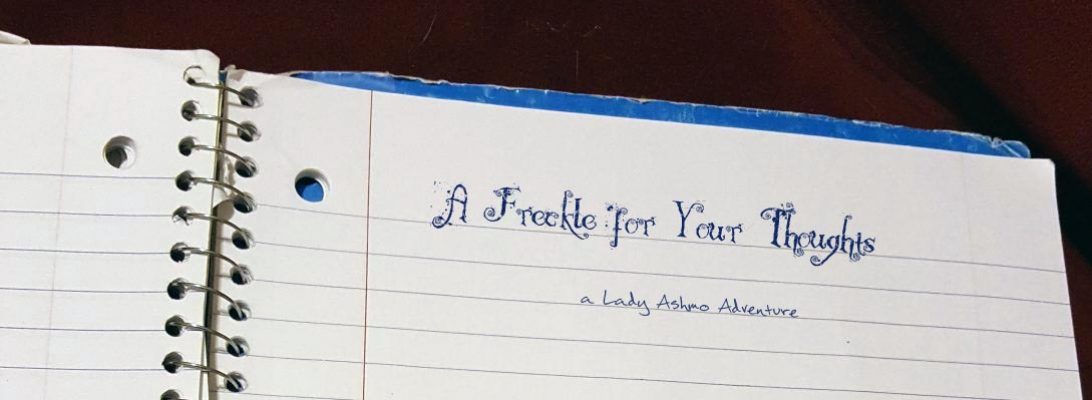Today is not about writing. Today is about marketing, and the excessive and invasive way that marketing has blanketed out lives.
My reflection upon the subject arose from checking my e-mail today. I recently made a purchase from a large internet-based department store. I am pleased with my purchase. It arrived in a timely manner, the item was exactly what I was looking for, and I purchased it for a price that was acceptable. My dealings with this company were generally positive.
But now, three weeks later, after multiple marketing e-mails daily, I am peeved.
The whole reason I like shopping online is because I can avoid the fiasco at the mall. There are no cellular salespeople chasing me down narrow isle ways swearing I can upgrade my phone at no extra charge. There are no marketing specialist shoving a plethora of coupons at me as I try to find a restroom near the food court. There is nobody trying to polish my shoes, curl my hair, or show me how to improve my skin care regiment. I generally despise being touched by strangers, and I have a hard time being rude to anyone, even if they are being annoying and pushy. Salespeople latch on to this weakness, and mistake it as an easy sale. I need to make myself a t-shirt that says, “No, I will not buy any, and I don’t like anyone enough to buy them a present.” Somehow though, I don’t think it would help.
Don’t mistake me, I’m super girly and I love to shop, But I hate, hate, HATE salespeople. I’m sure they are lovely people when they are not at work, however while they are, I wish pain-free acute laryngitis on the lot of them. To combat this issue, I have taken to shopping online. Sure, I have to pay shipping. And I don’t get the instant gratification of wearing what I just bought now, but to me it is completely worth it.
But the E-mails! The emails are worse. I can’t tell anyone off for barraging me, and I have to filter through all the crap I don’t need for the funny article my mom emailed me an hour ago. Spam filter my arse. More like, “not affiliated with us” or “anything from Nigeria” filter. You order anything online and suddenly your inbox has 23 new messages to buy more. You ordered a Men’s T-shirt, you must need throw pillows, car wax, lamps, slippers, hedgers, weed killer, anti-allergen sheets, a dog collar, gifts for dad, grads, and you mom. Looking to lower your mortgage? Is your carpet full of microscopic creepy bugs that look like this (insert disturbing picture)? Do you know these people on Facebook? Vote for this guy! Here are free coupons!
Stop it!
At least the side banner on most websites are targeted towards the cookies of items you actually viewed. I like going to Amazon and Google and searching for diamond rings and cute shoes, that way the pictures that turn up in the sidelines are of shiny, pretty things. Let’s face it, advertizing is the only reason Facebook and Outlook offer accounts for free. Might as well make it work for me right?
Most of the time I shrug and accept my tiny corner of the internet, banners and all. But enough is enough. Today I received ridiculously random spam emails from the online retailer previously mentioned. I bought an item used in sewing. I got advertisements for a mini fridge, classroom supplies, Call of Duty for the Xbox (do not own, nor have I ever e-searched for an Xbox), a John Oates CD for $4.99, A Yankees hat (hate sports), a bicycle, a subscription to Rolling Stone, a book about dogs (ok, I liked that ad), and here is the kicker: Spark plugs. I do not own a car.
I realize this entire article is nothing more than a rant, and will go completely unmarked in the grand designers of the interwebs. But if this keeps up, I am going to go back to shopping at the mall. At least I don’t have to wait three days and pay shipping for those folks to harass me.
